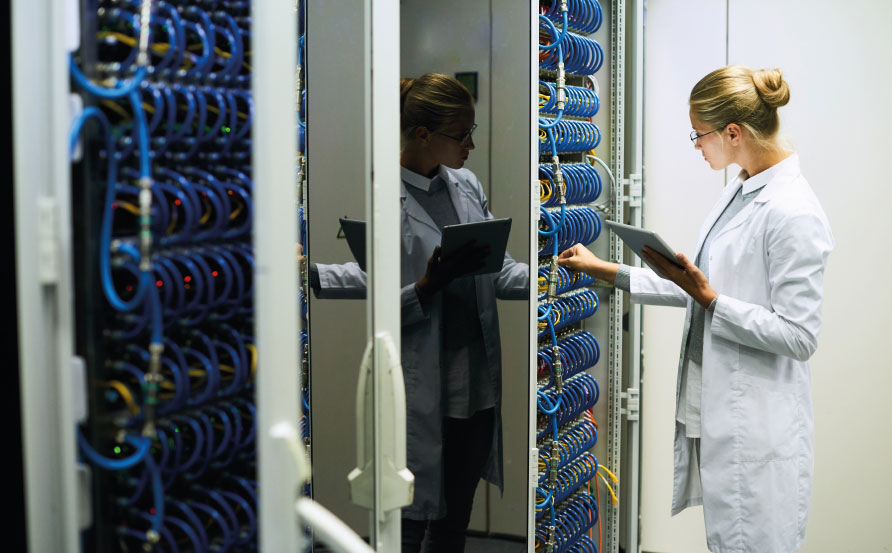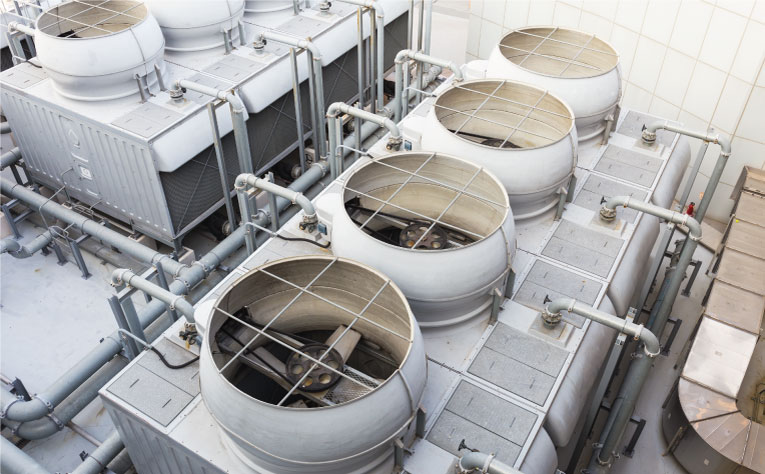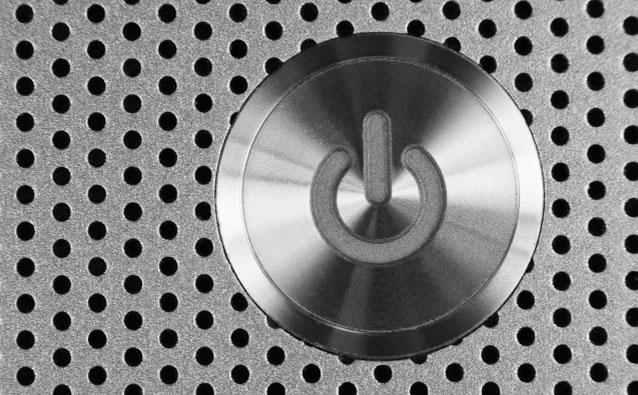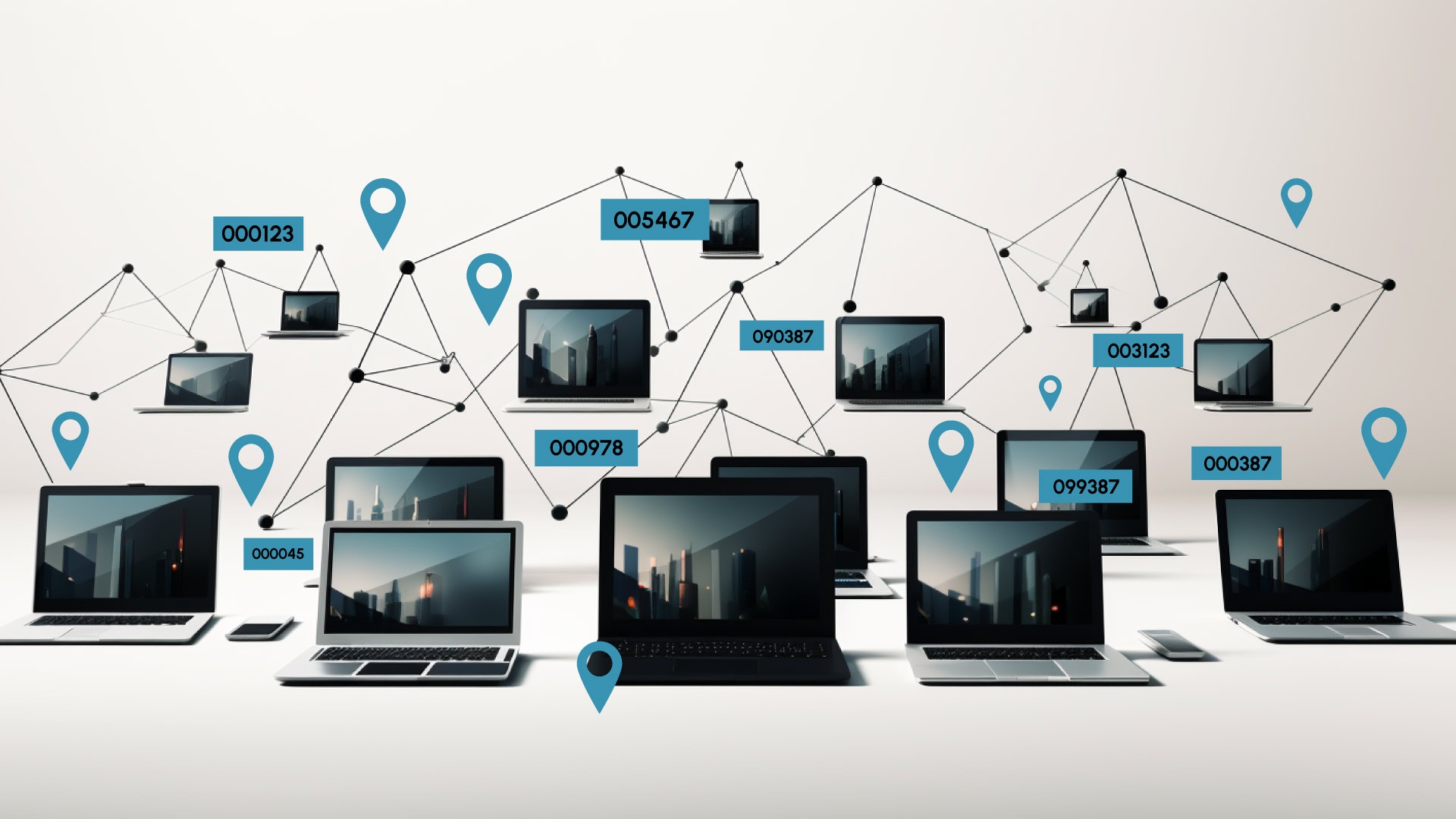Adding to an already detailed body of climate research, the 2021 IPCC Report from the UN makes clear the critical need for immediate and drastic climate action and highlights the indisputable link between climate change and human activity.
Data centres and colocation providers across the globe are approaching operational capacity limits and energy costs are increasing alarmingly. As governments and industry regulators push for data centres to own responsibility for their emissions and contributions to climate change, many operators have now set goals to be carbon neutral – or negative – by ambitious dates like 2030.
However, with increasing demand for more and more data from businesses and consumers, how can companies reconcile their sustainability responsibilities and spiralling energy costs with the need to meet business critical data needs – and continue thriving?
As energy budgets come under more and more pressure, it is more critical than ever for businesses to know exactly what power they are using, how much capacity is available and where improvements and efficiencies can be made.
There’s no getting away from the alarming fact that data centres represent a growing share of global power consumption and emissions. But with better technology and more awareness around how increased energy efficiencies can benefit, instead of holding back, the data centre industry – could the future in fact start looking a little cooler?
Assetspire outlines 5 of our core simple, yet effective, ways you can optimise your data centre energy efficiency.

Table of Contents
Toggle1. Optimise Your Environment
Thermal optimisation and cooling is one of the most energy-hungry elements of a data centre – if you’re looking to make energy efficient cost savings and reduce energy wastage then this is one of the crucial areas to tackle.
Most data centres are seeing an increase in data demand as the age of Big Data continues to grow – some studies estimate that the global datasphere will expand to 175 zettabytes by 2025, an increase of 298% from the dataweight of today.
Truly optimising your data centre environment will not only reduce energy costs, increase capacity for growth and improve reliability but will also reduce operating overheads, improve power use effectiveness and generally allow data centre managers to get the most out of existing equipment.
2. Stop Overcooling Your Data Centre
Are warmer data centres really such a bad thing?
Some of the biggest industry leaders certainly don’t think so – and with more efficient hardware raising temperatures can be a reality, and a real cost and energy saver.
Your warmer data environment could even benefit… well, the environment! Some of the leading industry users of data centres have been making great use of advancing research into how heat from data centres can be recycled to create ‘clean’ energy to heat homes. Both Microsoft and Facebook have recently announced initiatives to repurpose data centre heat in this way.
Microsoft has announced plans to ‘recycle’ excess heat generated by a new data centre hub it is planning in Helsinki, Finland, by using it to serve a major district heating network – and as these data centres are being operated with renewable energy in the first place, this results in this heat being considered ‘clean’ heating.
As for everyday data centres, using airflow techniques and traditional cooling systems is all very well in theory, but being able to make strategic decisions on cooling methods and thresholds and having the confidence to raise data centre temperatures will make all the difference to your energy consumption and costs.
However, you can only do this with reliable, accurate data about your assets and data centres. By providing data centre managers with real-time information from the floor or server room, it’s easy to see which assets can be thermally optimised, and which may need additional cooling support – and finally say goodbye to an inefficient one-size-fits-all cooling strategy.

3. AI and the Cloud – It’s Time to Get Smart With Your Assets
Advances in AI and innovative cloud-based software solutions present an exciting new era of creating a more adaptive and reactive framework to better understand data centre dynamics.
According to a recent report by Gartner, by 2024 it is predicted that more than 45% of IT spending on system infrastructure, infrastructure software, application software and business process outsourcing will be through the cloud.
It’s not difficult to see why, especially as the 2020 pandemic has caused such a seismic shift in business operational structures – along with the unstoppable dawn of hybrid or fully remote working. AI technology allows you to easily predict cooling and heating trends to make smart decisions on your energy consumption and budgets, even from remote locations.
By integrating intelligent technology and systems, data can remain accurate and with smart user-friendly experiences, they can also be a joy to operate!
4. Power Up Your X-Ray Vision
Stop wasting power! Underused, or even completely idle servers, are just wasting energy and devouring your budget.
Do you actually know how many of your servers are currently in use? According to the Uptime Institute’s recent survey, as many as 30% of data centres in the world are either underused or completely idle. 30%!
These idle servers are troublemakers for both your budget and for the environment. But how do you identify where these idle resources are and address the issue? Locating and correcting an idle server is made easier when you combine a DCIM solution with your intelligent rack PDUs.
Innovative software, like Assetspire and Ekkosense’s 3DCIM solution means that locating and rectifying idle servers is simple. Being able to gain immediate visibility of all your enterprise assets, including those idle servers, and get true, real-time operational insights into the heart of your data centre is invaluable in the fight against inefficiency.

5. Turn it off!
Recent studies have shown that powering down obsolete servers and IT equipment can actually result in a saving of 84% of lost energy. But how can these power down techniques actually be put into practise?
It all rests on having accurate data at your fingertips. When you know exactly what, where and when your servers and racks are running, and when they’re actually needed, you can realistically consider running a power cycling programme across your facility to power down hardware and assets that aren’t in use and conserve energy.

Conclusion
In summary, it’s vital to ensure your data centre is ready to reconcile business critical demands with the ever increasing challenges around energy consumption, sustainability concerns and rising energy costs. To do so, businesses using data centres need to embrace new methods and technologies to properly be aware of and accurately understand what assets they have – only then can they be managed efficiently and effectively.
Assetspire could have the solution. We are dedicated to providing better software to our clients to help businesses succeed. We believe our smart and innovative asset management solutions can revolutionise the way businesses are run, saving you costs, time and wasted energy.
Our solutions and services have been designed and built based on our experience from working with some of the largest enterprises around the globe. We empower businesses with the visibility and insight they need to make more intelligent strategic decisions and more effectively manage the lifecycle of their assets.
Sounds good? Complete the form below to read more about how cool your future data centre could be in our free guide.
Interested in a game-disrupting DCIM solution? Speak to one of our team today.




